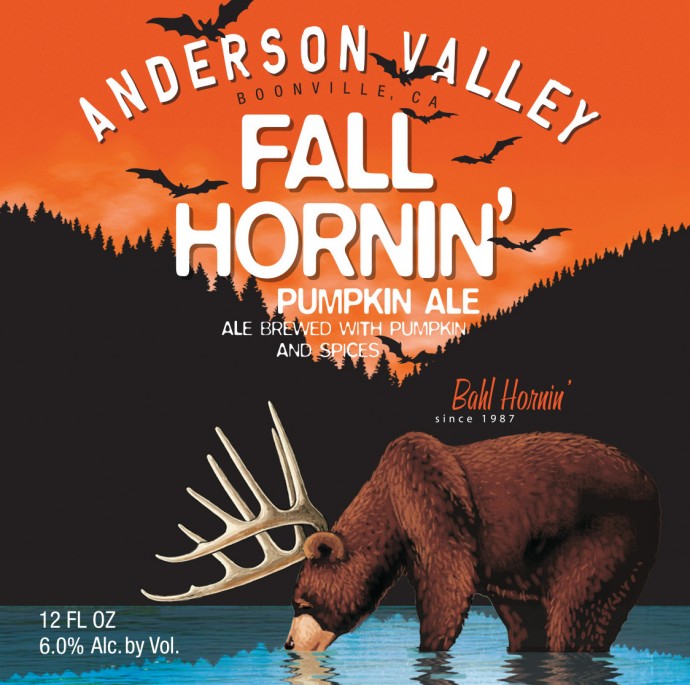An
arbitrary Saturday in October calls for an arbitrary blog post on a style of
German beer that is not so common here in the States… the Dortmunder Export, or
1E in your BJCP Style Guide.
 |
| Das Union Brauerei, Dortmund, Germany |
Dortmunder
Export, or simply Dortmunder, is a pale lager that was originally brewed by the Dortmunder Union Brewery in Dortmund, Germany in 1873. Dortmunders quickly
became a hit among the industrial workers of Dortmund and led to Dortmunder
Union becoming Germany’s largest brewery, and the city of Dortmund having the
highest concentration of breweries in Germany. This of course changed with the
decline of heavy industry in the area and by 1994, Dortmunder Union merged with
several other breweries in Dortmund to form Brinkhoff’s Brewery.
Dortmund
was an early commercial brewing center in Germany, with many breweries producing
a dark wheat beer and exporting it to the neighboring cities in the Westphalian
area of Germany. But in 1873, Pilsners were all the rage and a group of
Dortmund brewers got together and formed the Dortmunder Union Brewery to brew
their own golden colored, pale barley based, slow fermented beer under the guidance
of brewmaster Fritz Brinkhoff. They produced two types: a Lagerbier and a
slightly stronger Export version at around 5.5% ABV. The weaker version never
caught on and was eventually scrapped.
 |
| So much fun to be had... |
After
WWII ended, Dortmunder Export was the most popular type of beer in Germany
until Pils took its place in 1970. It hit a low point in late 1990s (right
around when Dortmunder Union closed its doors) but has risen back up a bit in
recent years.
 |
| Since 1873 |
Dortmunder
Exports are pale golden in color and balanced – with the malt profile of a
Helles/Munich Lager and the hop characteristics of a Pilsner, although slightly
stronger than both. Neither hops nor malt dominate, but both are well balanced
to provide a smooth, crisp and refreshing beer with a touch of sweetness. The
subtle hop bitterness lingers in the aftertaste, although some Dortmunders
finish with a slightly sweet taste. Low to medium hops are present in the nose,
as well as moderate malt aroma.
Hard,
minerally water is another common trait of Dortmunder lagers. The Dortmund
water consisted of high levels of sulfates, carbonates and chlorides, which were
often present in the taste and mouthfeel of the finished product. Some
contemporary purist brewers may try to recreate that effect through
burtonization, but I really don’t think that is necessary.
Some
good commercial examples of this style to be on the lookout for are Germany’s
DAB Export, Ayinger Jahrhundert Bier, and Great Lakes Brewing Company’s
Dortmunder Gold and Dominion Lager here in the States. I also hear through my
network of informants that local favorite Forge Brew Works in Lorton, VA is
working on a Dortmunder… so stay tuned for that!
 |
| A very fine American version |
Here’s
to craft-brewed happiness… Cheers!









